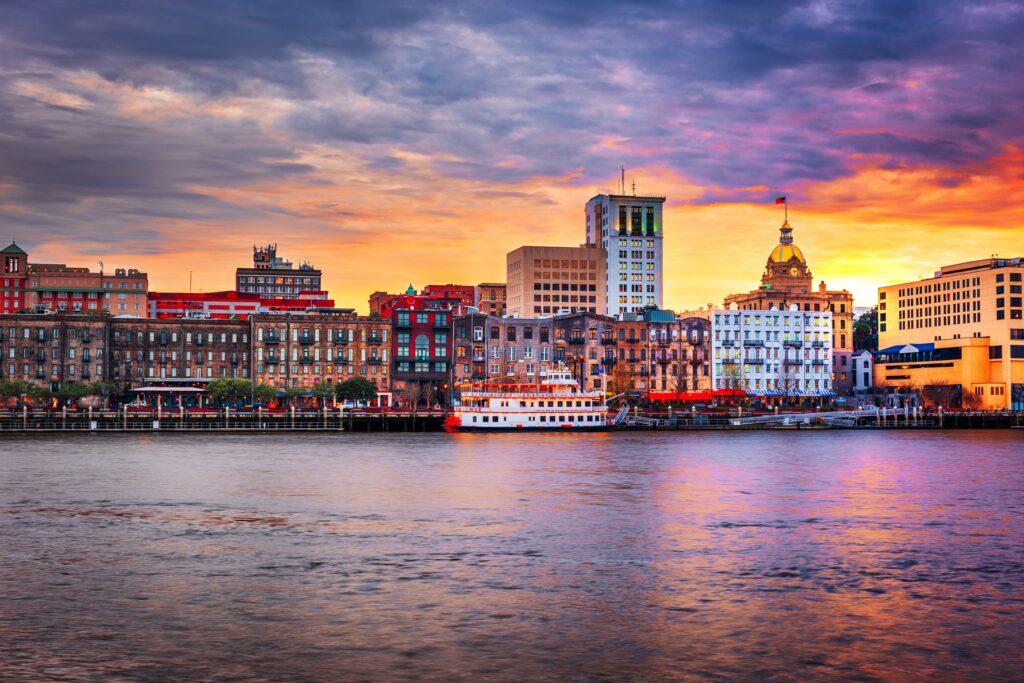California now facing a fire-insurance death spiral
SACRAMENTO – If you’re at a party and want some alone time, I recommend chatting about California’s insurance market. It’s one of those “eyes glaze over” topics that makes people instantly look at their watches and slink away. Few people – or news reporters, for that matter – want to talk about insurance.
That a California insurance story was one of the bigger news items over the long weekend should offer a clue about its importance. On Friday, State Farm announced it will “cease accepting new applications including all business and personal lines property and casualty insurance.” It will service existing policies, but stop writing new ones on May 27.
For a sense of perspective, State Farm’s market share of homeowners insurance was 19.9 percent in 2021 – and it’s likely to be above 21 percent in 2022.
California already is struggling to maintain an adequate number of property insurers following challenging wildfire seasons, so losing its top insurer will boost rates, especially given that State Farm had been growing by grabbing market share from other companies that had been pulling back.
It will send homeowners running for the far-overburdened FAIR Plan, a government created insurers’ collective that offers bare-bones policies to property owners (mostly in high-risk areas) who are unable to find a regular insurer.
State Farm and most news reports blamed the obvious factors – growing wildfire exposure, rising construction costs and higher costs for reinsurance (the insurance that insurance companies purchase). The California Department of Insurance said the “factors driving State Farm’s decisions are beyond our control, including climate change ….”
Can we just cut the double-speak? Although wildfires and inflation are the proximate causes of the company’s decision, those are not the main reasons. Insurance companies are operating efficiently in other parts of the country, which also face climate-change challenges and inflation. Yet several insurers have been pulling out or pulling back in California.
Those decisions relate to our regulatory system. This is nothing new. In a column in the Wall Street Journal in March, I warned about “California’s coming insurance crisis.” Yes, recent floods and wildfires battered insurers with $1.5-billion in losses, but the state’s real problem centers on a 1988 statewide initiative that gave the insurance commissioner near-dictatorial powers to set and roll back rates.
Quite simply, Proposition 103 – or at least the current inflexible implementation of it – won’t let insurers price their products to reflect their actual risks. No insurance commissioner ever wants to approve major rate hikes for obvious political reasons, so the problem never gets resolved. And the trial-attorney-friendly Prop.-103 system seems designed to torment insurers.
For example, in 2016 the insurance commissioner rejected State Farm’s effort to raise fire-insurance rates by 6.9 percent – and ordered it instead to reduce rates by 7 percent based on the department’s squirrelly revenue calculations that are part of the rate-setting formula.
The courts ultimately sided with State Farm – but they still forced the company to pay massive legal fees to consumer “intervenors” that challenged their filing. Meanwhile, lawmakers keep approving political “fixes” such as moratoria on non-renewals, which further challenges profitability. Given this rigged market, is it surprising that insurance companies are looking for the exit doors?
Even in the Prop. 103 context, the commissioner could, you know, speed up rate filings that now drag on for months, allow insurers to include rising reinsurance costs in their rate filings, and allow them to base their rates more closely on wildfire risk.
Talking about insurance isn’t as interesting as proposing big new climate-change strategies, but all of us need to know that the state has a healthy insurance system to protect our homes and businesses. State officials ought not slink away from this conversation.






